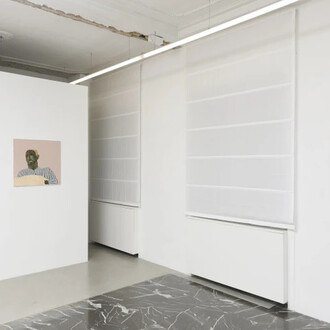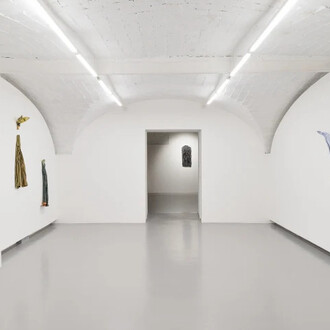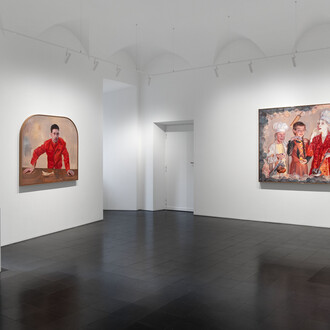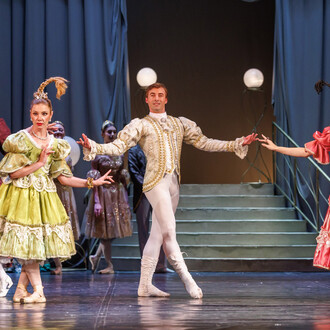The Gallery Apart is proud to present Au-delà, the fourth solo exhibition by Marco Strappato (1982) in the gallery spaces. With longstanding research interests on the depiction of landscapes, analyzed through multifarious approaches, methodologies and means, Strappato indulges in its developments, dovetailing his creative work with his own life path, the latter characterized by a certain proneness to nomadism, which paradoxically led him to rediscover his roots, both as a man and as an artist born and raised by the sea.
Au-delà is a title that evokes the transcendence of his personal experiences in order to reaffirm an intimate spiritual architecture. Indeed, for the first time, Strappato exhibits a self-portrait, moreover in the form of a painting: painting and silhouette, nothing further from the false epic of the selfies and of Instagram, but rather the symbol of in-depth study and of the search for the self in order to reach the essential through processes of selection, levelling and concealment. The selection involves first of all the landscape which for the artist, though used to the metropolitan dimension, powerfully retrieves the smell, the atmosphere and the suggestions of the sea. And it manifests itself through some recent emblematic figures from the Italian art history (Ghirri, Fontana, Bonalumi, Manzoni) whose evocative power is exploited by the artist through an act that is not meant to be either an homage or a statement of lineage or even only artistic closeness, but rather an educated sampling aimed at offering an original interpretation of the possible interweaving between artistic researches and representations of landscapes.
From the visual point of view, Au-delà appears like a fairly monochromatic exhibition, with a preponderance of a white palette that implies leveling, in line with a quest for essentiality; not sterile uniformity, but clarity as the baseline for any possible investigations. White therefore as a blank page to be written, as a canvas waiting to be painted, as a propaedeutic element to hold the meanings that the artist assigns to his drawings, to the images, and to the shapes.
Strappato finally exploited – unlike his past approach – a process of concealment of the technology, which is there, but it isn't seen, so as to restore the concept to its rightful leading role.
















